- In Java API, No Exception is thrown, albeit erroneous transaction:
try {
…………………………………
logger.info("Delete Document " + uri);
docMgr.delete("rocky-mountains");
System.out.println("Deleted");
} catch (Exception e) {
logger.error("Exception : " + e.toString() );
}
Document
rocky-mountainsdoesn’t exist, however, the API happily declaresDeleted:
Jul 05, 2020 9:35:04 PM com.fc.allegro.DeleteDocument deleteDocument
INFO: Delete Document rocky-mountains
Jul 05, 2020 9:35:04 PM com.marklogic.client.impl.DocumentManagerImpl delete
INFO: Deleting rocky-mountains
Deleted
In Query Console,
evaldetects and throws error:
[1.0-ml] XDMP-DOCNOTFOUND: xdmp:document-delete("rocky-mountains") -- Document not found
- As the lesser of two evils, DMSDK implies no document deleted but still doesn’t throw exception:
QueryBatcher batcher = dmManager.newQueryBatcher(new StructuredQueryBuilder().document("rocky-mountains"));
batcher.onUrisReady(new DeleteListener())
.onQueryFailure( exception -> exception.printStackTrace() );
Result:
Jul 05, 2020 9:52:07 PM com.marklogic.client.datamovement.impl.QueryBatcherImpl withForestConfig
INFO: (withForestConfig) Using forests on [localhost] hosts for "allegro"
Batch Deleted
INFO: Job complete, jobBatchNumber=1, jobResultsSoFar=0
I tried checked and unchecked exceptions, but to no avail.
Which MarkLogic Class and Method does enforce throwing exceptions and mitigate risk?
- A query transaction via Java API:



***Robust*** is more of the word than `strict`. And strictly speaking, end user shouldn’t use qconsole, REST API or ask DBA to execute txn. When one executes a txn through Angular UI engine, the consumer has no inkling of behind-the-scenes. – Fiona Chen Jul 07 '20 at 00:00